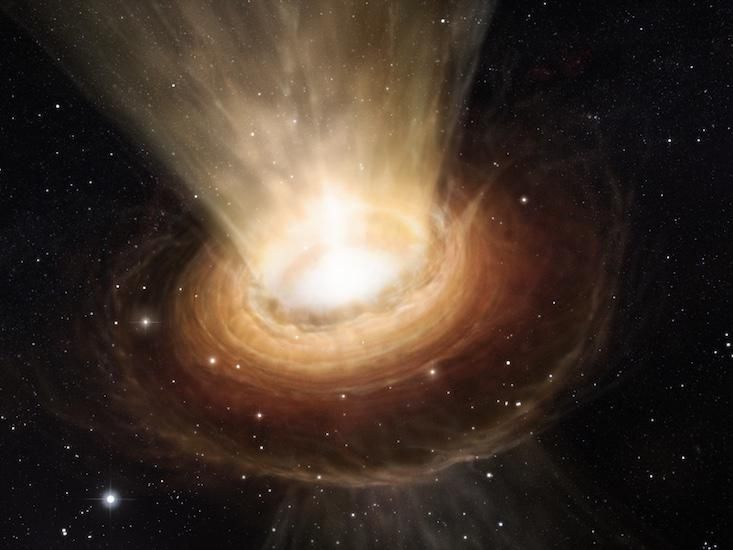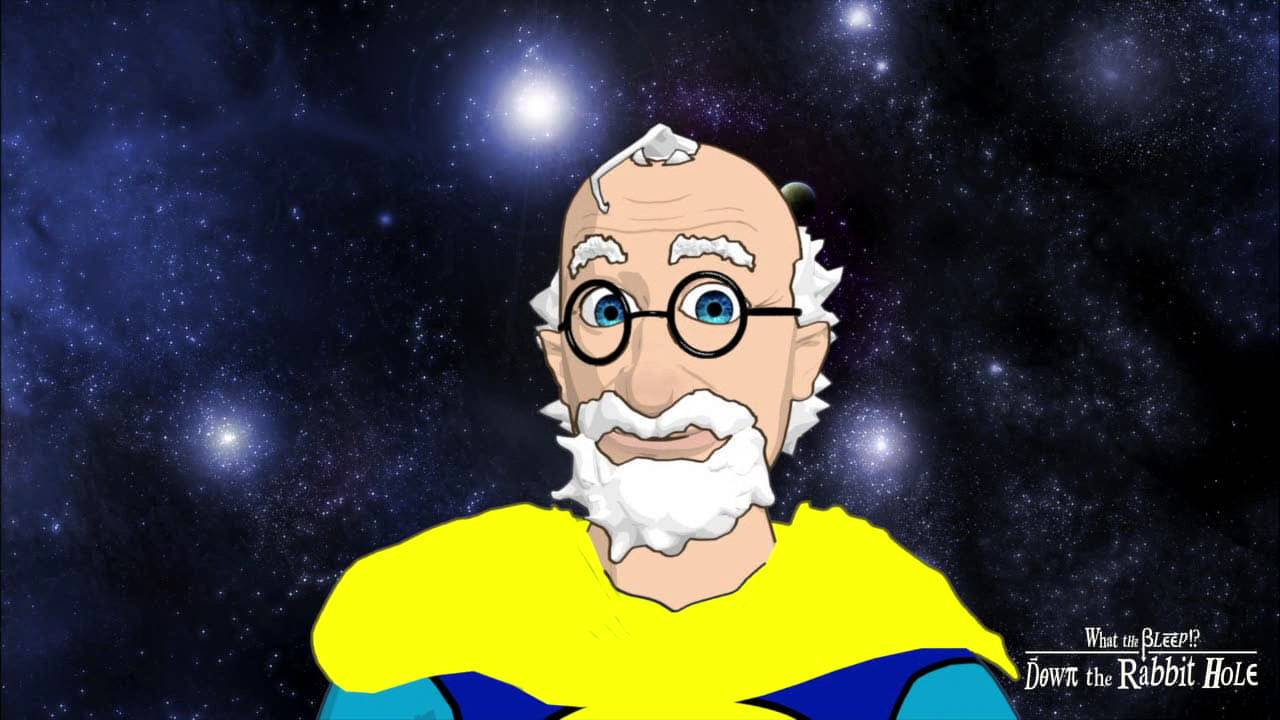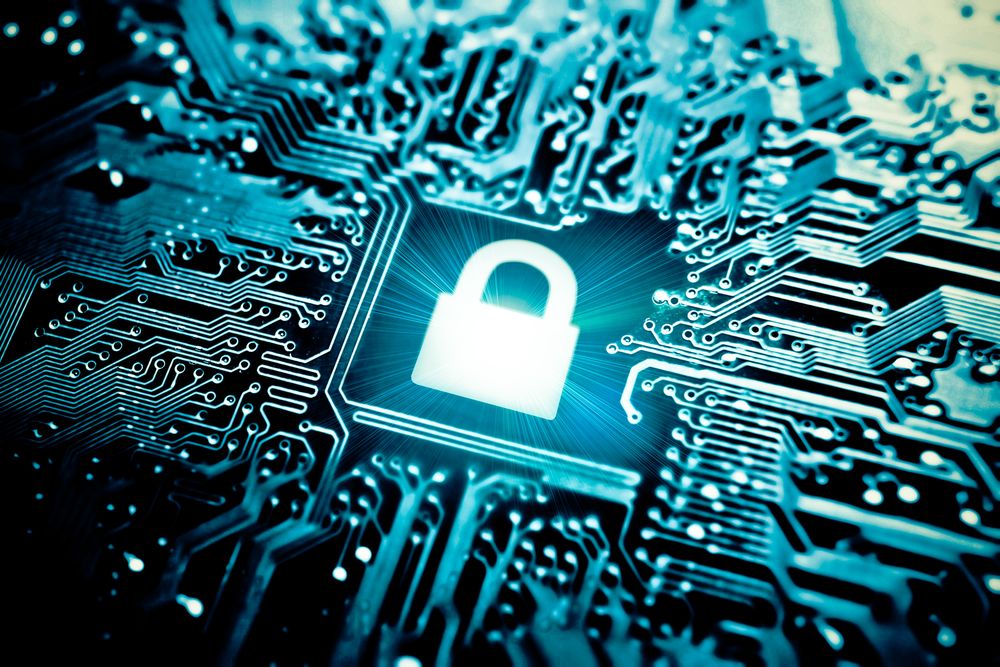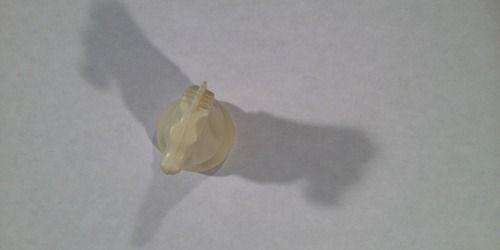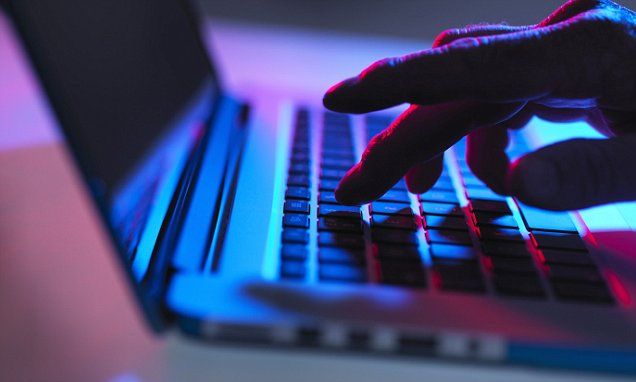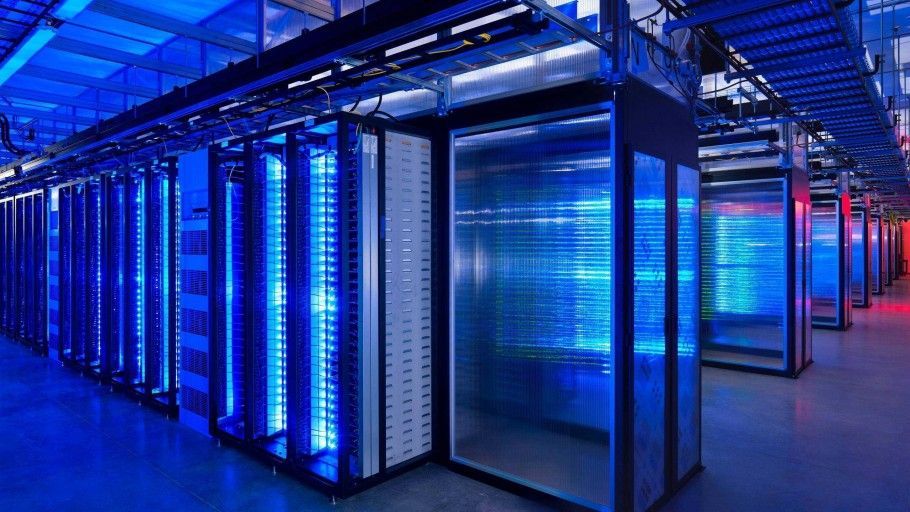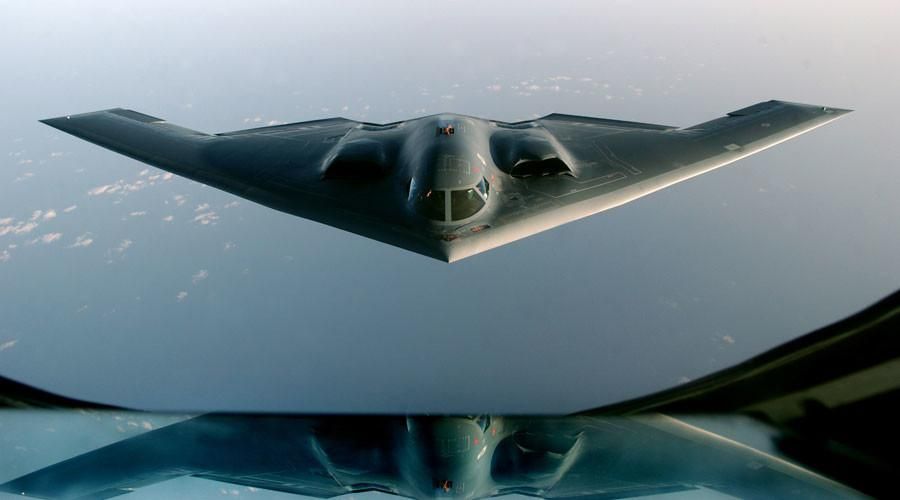A black hole is a physicist’s playground: A place where some of the most bizarre and fundamental concepts in physics can be observed and tested. However, there is currently no way to directly observe black holes in action; these bodies of matter don’t emit the sort of radiation, like light or X-rays, that telescopes are equipped to detect. Fortunately, physicists have figured out ways to imitate the conditions of a black hole in the lab—and in creating analogues of black holes, they are beginning to unravel some the most fascinating puzzles in physics.
Jeff Steinhauer, a researcher in the Physics Department of Technion-Israel Institute of Technology, recently caught the attention of the physics community when he announced that he had used an analogue black hole to confirm Stephen Hawking’s 1974 theory that black holes emit electromagnetic radiation, known as Hawking radiation. Hawking predicted that this radiation would be caused by the spontaneous creation of a particle-antiparticle pair at the event horizon, the point at the edge of a black hole beyond which nothing—not even light—can escape. Under the terms of Hawking’s theory, as one of the particles crosses the event horizon and is captured by the black hole, the other would be ejected into space. Steinhauer’s experiment was the first to exhibit the sort of spontaneous fluctuations that support Hawking’s calculations.
Physicists have cautioned that this experiment still doesn’t confirm the existence of Hawking radiation in astronomical black holes, as Steinhauer’s black hole isn’t exactly the same as one we might observe in space. It’s not yet physically possible to create the intense gravitational fields that form black holes. Instead, the analogue imitates a black hole’s ability to absorb light waves by using sound.
